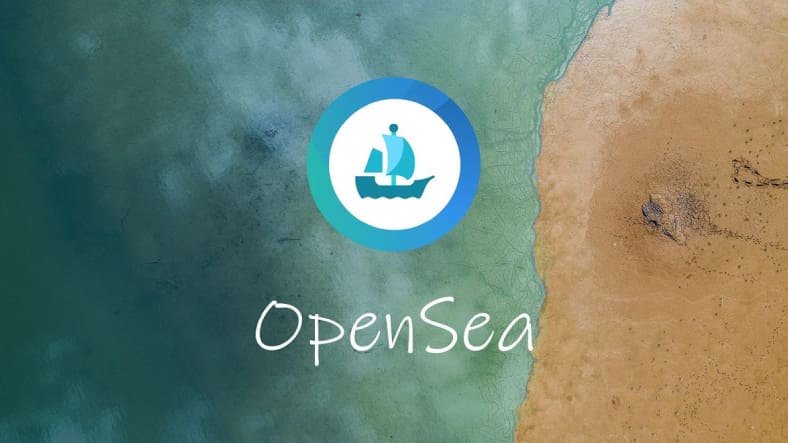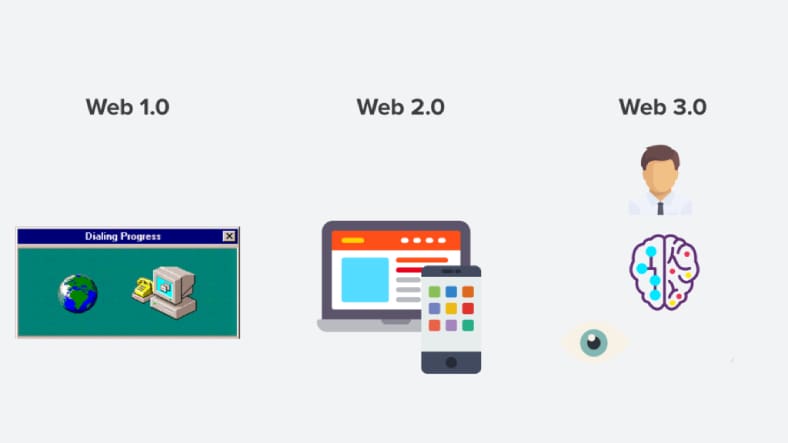
What Web 3.0 Needs to Thrive in the Digital Future
Over the past 15 years, Web 2.0 has become an integral part of our lives, with its biggest promise being social media. Now, Web 3.0 has begun to emerge, but many of us are either unaware of it or not yet using it. So, what does Web 3.0 need to do to become as widespread and universally adopted as Web 2.0 in the future? Let’s explore this question.
Web 3.0 has officially entered our lives, but its definition and implications are still unclear to most people. In today’s article, we aim to discuss what Web 3.0 entails and why it currently has so few users. If you’re curious about what Web 3.0 is, don’t worry—we’ll briefly cover that as well.
Currently, a large portion of Web 3.0’s user base consists of individuals interested in cryptocurrency. However, for Web 3.0 to grow and become as popular as Web 2.0 (the era of social media), much more needs to be done. Let’s take a closer look at what needs to happen for Web 3.0 to reach the same level of user adoption as Web 2.0.
What is Web 3.0 and where does it appear?

We will discuss why Web 3.0 has so few users, but first, let’s explain what Web 3.0 is and where it appears for those who are unfamiliar with it. Before diving into Web 3.0, let’s briefly summarize Web 1.0 and 2.0:
Web 1.0 was the early phase of the internet, lasting from 1990 to 2005, during which 90% of users were primarily consumers of content. Web 2.0, the current version of the internet, allows users to be both producers and consumers of content, accessible across various devices, including mobile.
Web 3.0, which began to emerge as a concept in 2020 and 2021 and has continued to develop and grow since then, is a decentralized, blockchain-based system, unlike Web 2.0. In Web 3.0, users not only produce content but can also earn significant revenue through cryptocurrencies and protect their personal data more effectively while browsing.
Who is currently using Web 3.0 and why?

Currently, the majority of Web 3.0 users are wealthy individuals with high financial incomes. These users engage in trading both NFTs and cryptocurrencies, aiming to increase their wealth through investments in cryptocurrency networks. Additionally, young artists leverage Web 3.0 platforms to monetize their NFT creations.
Beyond these groups, Web 3.0 also attracts users who are frustrated with the privacy issues of Web 2.0 and seek greater anonymity online.
How can Web 3.0 attract more cryptocurrency investors?

In recent years, many people have become involved in cryptocurrency trading. One of the key goals for Web 3.0 is to attract those who are engaged in cryptocurrency trading but are not deeply involved. Some current Web 3.0 applications aim to achieve this by offering high profits to smaller investors.
Uniswap (UNI), OpenSea, and Aave (AAVE) are among the most well-known Web 3.0 products, designed to facilitate the direct buying and trading of cryptocurrency assets and provide leverage. However, these platforms currently have a limited user base and have not reached a broad audience. This is partly due to the small number of platforms available and their limited appeal. To increase adoption, these platforms need better marketing, and more diverse platforms should be developed.
What needs to be done to onboard users who have nothing to do with crypto and blockchain to Web 3.0?

Many Web 3.0 projects are making significant strides as alternatives to Web 2.0 platforms. Web 3.0 offers notable advantages over Web 2.0, which helps attract a growing audience.
For instance, apps like Odysee provide a fairer platform for content creators compared to alternatives like YouTube. By removing the costs and overhead associated with intermediaries, such as agencies, Odysee can offer creators a much larger share of their earnings than competing Web 2.0 platforms like YouTube and Twitch.

Similar to Odysee, the Brave web browser aims to create a fairer platform by replacing the traditional ad-based revenue model with a more private, transparent, and equitable alternative. Web 2.0 advertisements face significant issues, including intrusive integration into the content we consume online and practices that compromise user privacy to deliver targeted ads.
In contrast, ads in the Brave browser are displayed as system notifications rather than interrupting your browsing experience. Brave ensures that ads are presented without accessing your personal data, allowing you to choose the types of ads you want to receive.

You can also choose to disable ads completely in the Brave browser if you prefer. However, if you opt to receive ads, users will earn 70% of the amount paid by advertisers, creating a more equitable, private, and transparent advertising system.
The messaging app Session leverages decentralization to provide significantly enhanced privacy compared to popular messaging apps. This approach allows Session to offer superior privacy and anonymity in a completely reliable manner, surpassing its well-known competitors.

Apps like these play a crucial role in attracting mainstream users to Web 3.0. For instance, following WhatsApp’s controversial privacy policy changes in 2021, many users turned to alternatives like Session, which saw a remarkable 500% growth. Brave is also gaining traction as a major browser, with its user base now exceeding 40 million.
The Web 3.0 apps mentioned share common traits: they are user-friendly, offer benefits independent of specific cryptocurrencies, and do not require significant financial investment. If more applications with these characteristics emerge, a substantial increase in daily Web 3.0 users is likely.
Why exactly does Web 3.0 need more users?

In technology, value is largely driven by user adoption. If no one is using the technology, its value is questionable. For Web 3.0 to become one of the fastest-growing industries globally, it needs a substantial user base.
Despite its advantages, creating truly decentralized applications is more complex than developing centralized alternatives. Attracting more users can help address this challenge, as apps with a larger user base tend to evolve more rapidly.
For instance, as the user base of the Session app grew, feedback, reporting, and increased support significantly accelerated its development. Similarly, as other apps gain more users, they will continue to develop and attract even more users.
The next step for the Web 3.0 industry should be to achieve this critical mass of users as swiftly as possible. This will not only foster the growth and development of applications but also attract new investments in the sector.
You may also like this content
- BTC is Now an Official Asset Like Gold and Silver!
- Nigeria Sues Binance for $81.5 Billion: Here’s Why
- Nobel Economist: Bitcoin Worthless in 10 Years?
Follow us on TWITTER (X) and be instantly informed about the latest developments…












